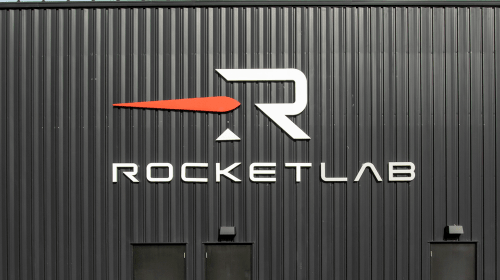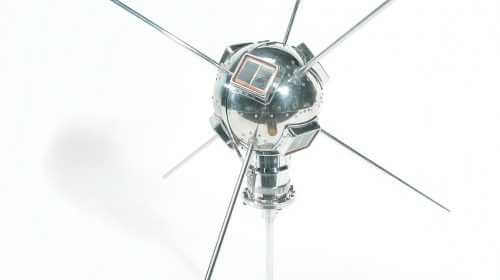Jul 03, 2018
According to NSR (Northern Sky Research), the satellite industry should consider taking aim on new energy markets. Historically attention has been focused on the Gas and Oil segments of the industry, where requirements are often based on remote locations. One sector that may be going unnoticed is the Electrical Utility market that is responsible for 6 out of 10 in-service units within the entire Energy satellite communications (satcom) sector. This sector is showing continued signs of growth.
The Electrical Utility segment focused on things like “smart grid” applications on the Transmission & Distribution side of the business, is where most satcom efforts are directed, however another segment, “Generation” presents a growing opportunity for satcom connectivity. NSR highlights a project in Chad as an example.
Amdjarass, Chad aims to become the first city in Chad to be completely powered by renewable energy. The site produces energy with state of the art wind turbines from the Vergent Group. Sites such as this implement advanced real-time analytics and a variety of other data-centric processes. In order to remotely monitor and maintain the facility, always-on, secure and highly reliable communications are required. VSAT was chosen as the best solution. As renewable energy continues to be integrated into the grid, solid, flexible, and reliable connectivity will be required. The goal of self-sufficiency through renewable energy is a growing trend for cities across the world in developed and developing countries and regions.
NSR predicts in their “Energy Markets via Satellite, 7th Edition,” that the satellite connectivity market may rise from the $80M in retail revenues as of 2017, to as much as $300M in 2027. Other segments of the Energy sector are seeing growth rates decline. To support this tremendous growth rate over a decade the segment will rely on increased bandwidth as a key factor. Bandwidth will be required for the machine-to-machine operations necessary to integrate these sites into the grid, but it will also provide basic internet connectivity (email, browsing, and video) for workers at the site, generating more satcom revenue.
Why satellite? A power generating site by definition need to be connected to cities with electrical wires in order to deliver power. Why would satellite be a player? Surprisingly it comes down to cost. Satellite is finally becoming cheaper and simpler than terrestrial alternatives. The addition of large chunks of capacity from HTS (High Throughput Satellites) is beginning to drive costs down, and for reliable operations undisturbed by terrain, development, backhoes or other terrestrial costs and obstacles, satellite is providing an attractive and competitive solution. Renewable Energy Generation plants are often located in rural locations, far from the city, where there is wide open space for solar farms or wind farms. Running fiber or terrestrial microwave can be complex, time consuming and expensive. Satellite provides a quick and simple, highly reliable, highly secure solution at ever more competitive costs.
The numbers indicate impressive growth opportunities in the decade ahead, with some 75,000 new units in play. Projects like the one in Chad will be expanding, as news of their success spreads. Expanding communications will be required to integrate intermittent renewable resources into electrical grids. Opportunities for satellite connectivity will grow along with these projects. The Energy Industry has been slowly recovering from a prolonged slump due to depressed commodity prices, but Electrical Utilities growth potentially shines a bright light on itself and the satcom industry.





